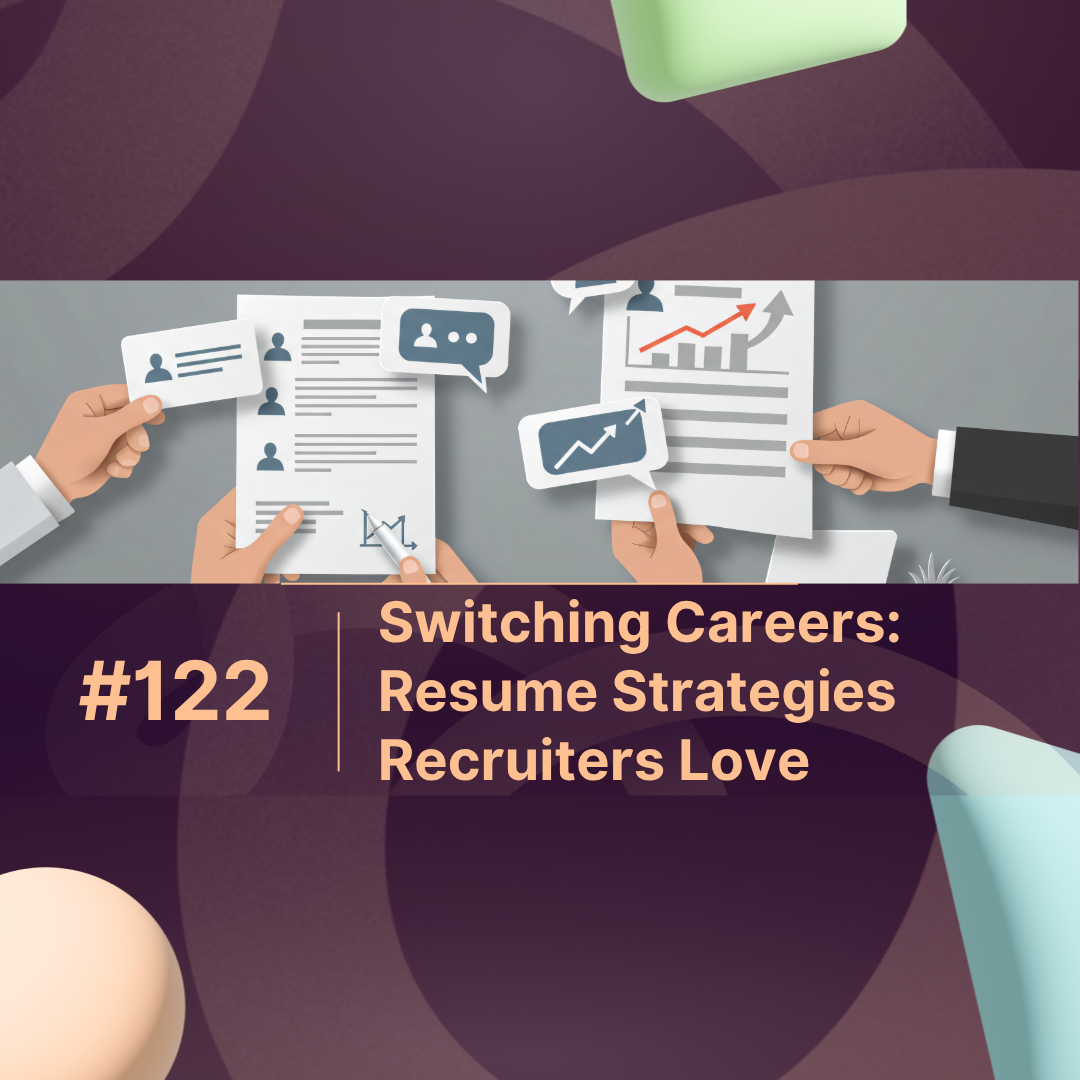Thinking about switching careers? You’re not alone. Millions of professionals today explore new industries to find better opportunities, higher pay, or a more fulfilling career path. But making the leap successfully requires more than enthusiasm—it requires a resume that speaks directly to recruiters, highlighting transferable skills, achievements, and potential rather than just past job titles.
In this guide, we’ll break down actionable resume strategies for those switching careers, showing how to make your application stand out, get noticed, and land interviews in a new field. We’ll also discuss how tools like MaxProfile can subtly boost your profile visibility while keeping your career goals human-focused and conversion-friendly.
Why Resume Strategy Matters When Switching Careers
Switching careers is challenging because recruiters often look for direct experience in a specific field. Without the right approach, your resume may be overlooked. But with a strategic layout, skill-focused language, and quantified achievements, you can position yourself as a strong candidate, even without direct industry experience.
Key reasons to refine your resume for career switching:
-
Highlight transferable skills: Skills like project management, leadership, or analytics often apply across industries.
-
Demonstrate results: Numbers speak louder than responsibilities.
-
Show learning agility: Continuous learning and certifications prove adaptability.
Top Resume Strategies Recruiters Love
Here’s how to make your resume recruiter-friendly when switching careers:
1. Focus on Transferable Skills
Identify skills from your current or previous roles that directly apply to your target industry. Examples include:
-
Leadership and team management
-
Data analysis and problem-solving
-
Digital tools proficiency (CRM, ERP, project management software)
Instead of emphasizing outdated job titles, highlight the skills and results relevant to your new career.
2. Use a Functional or Hybrid Resume Format
A functional resume emphasizes skills over chronological work history, while a hybrid resume blends achievements and past roles. Both are effective for career changers because they:
-
Bring attention to what you can do, not just where you worked
-
Downplay gaps in industry-specific experience
3. Quantify Achievements
Numbers make your experience tangible. Include metrics like revenue growth, efficiency improvements, or team size managed.
Example Table for Resume Metrics:
| Achievement Type | Example Metric | Impact Statement |
|---|---|---|
| Project Management | Led 5 cross-functional projects | Delivered projects 20% faster than deadlines |
| Sales/Client Relations | Managed 50+ client accounts | Increased client retention by 15% |
| Process Improvement | Reduced reporting time by 30% | Streamlined operations saving 40 hours/month |
| Training & Development | Trained 20 team members | Improved team productivity by 25% |
This approach helps recruiters immediately see your value.
4. Tailor Your Resume for Each Role
Even if you’re switching industries, customize your resume for each job. Include:
-
Keywords from the job description
-
Relevant accomplishments and skills
-
Optional: Certifications or courses showing commitment to learning
Tools like MaxProfile can subtly enhance your visibility by showcasing your skills, achievements, and endorsements without overwhelming your resume. This gives recruiters a quick, trustworthy snapshot of your potential.
5. Highlight Learning and Certifications
Upskilling signals to recruiters that you’re serious about your new career. Include:
-
Online courses, workshops, or industry certifications
-
Volunteer experience related to the new field
-
Relevant side projects or freelance work
Additional Tips
-
Professional summary: Start with a concise statement emphasizing your transferable skills and career goals.
-
Avoid jargon: Use universal, results-oriented language that any recruiter can understand.
-
Keep it concise: One to two pages maximum. Recruiters spend an average of 6-10 seconds scanning each resume.
Conclusion
Switching careers doesn’t have to be daunting. By focusing on transferable skills, quantifying achievements, tailoring your resume, and demonstrating continuous learning, you can make a strong impression on recruiters. Tools like MaxProfile can help subtly amplify your online presence, giving hiring managers confidence in your adaptability and potential.
Remember: recruiters love resumes that clearly communicate what you can do for them next, not just what you’ve done before.
FAQs: Switching Careers Resume Strategies
1. How do I make my resume attractive when switching careers?
Focus on transferable skills, measurable achievements, and learning initiatives relevant to your new industry.
2. Should I change my job titles to fit the new career?
No—use accurate titles, but emphasize skills and accomplishments that align with the new role.
3. How long should a career switcher’s resume be?
One to two pages is ideal. Keep it concise and results-focused.
4. Can online profiles like MaxProfile help with career switching?
Yes, they highlight your achievements, skills, and endorsements, increasing visibility to recruiters without altering your resume’s integrity.
5. Do I need certifications to switch careers successfully?
While not always required, certifications, online courses, and relevant projects demonstrate commitment and make you a stronger candidate.



